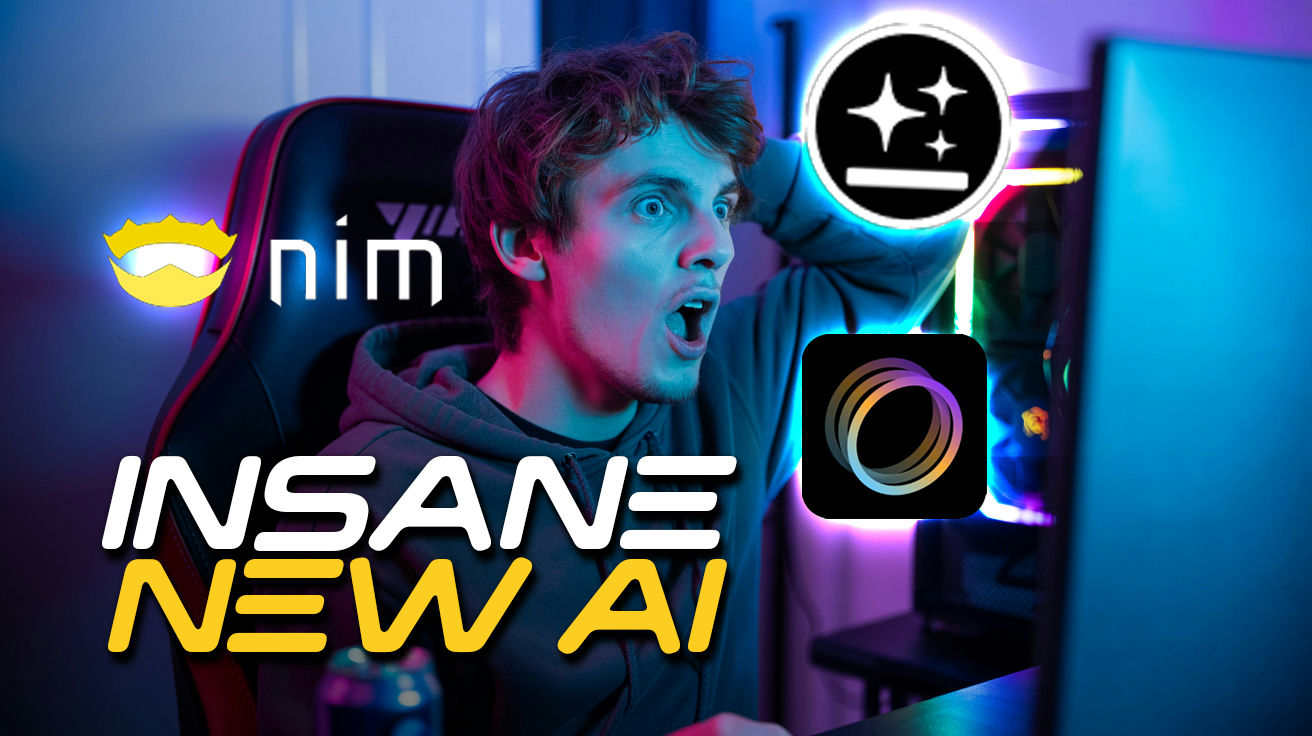The AI productivity gold rush has spawned thousands of tools promising to transform your workday into a seamless paradise of efficiency. Marketing spectacles pair impressive demo videos with software that crashes when you need it most. After testing dozens of platforms that claim to revolutionize everything from email to video creation, seven standout tools punch above their weight class. They solve real problems that drain your time and energy instead of creating new ones. Skip the algorithmic snake oil and subscription traps disguised as productivity solutions—these AI tools work when you need them to work.
6. Visual Content Generators: Design Skills Not Required
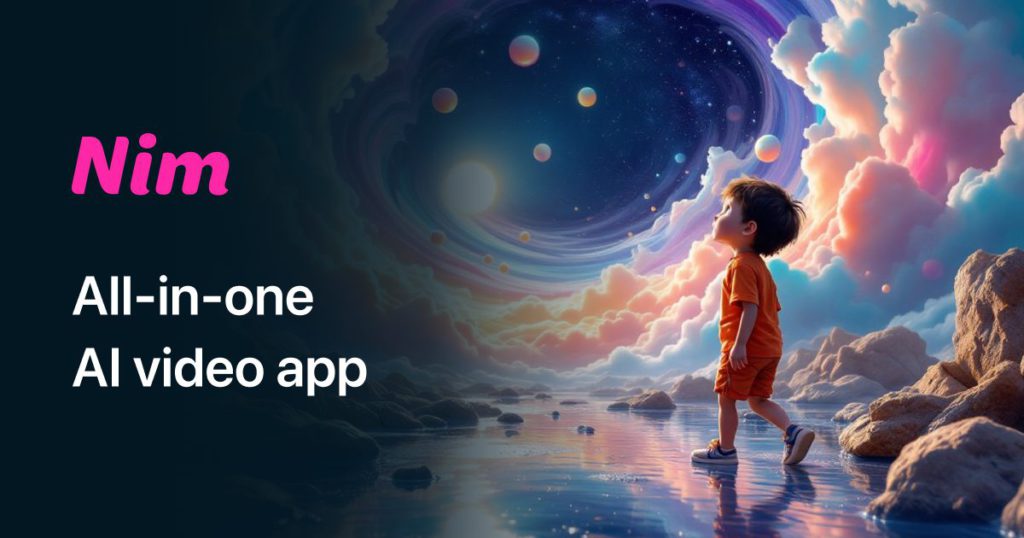
Text-to-visual platforms democratize content creation for people whose artistic skills peaked with stick figures. Nim and competitors transform descriptions into images and videos that avoid immediate “AI-generated” tells. Inspiration browsers provide starting points when facing digital blank canvas syndrome.
Social media format requirements change more frequently than platform privacy policies, making adaptable tools valuable. Quality depends heavily on prompt engineering skills—vague descriptions produce generic outputs that blend into the content noise.
5. Fellou: The Browser That Does Things
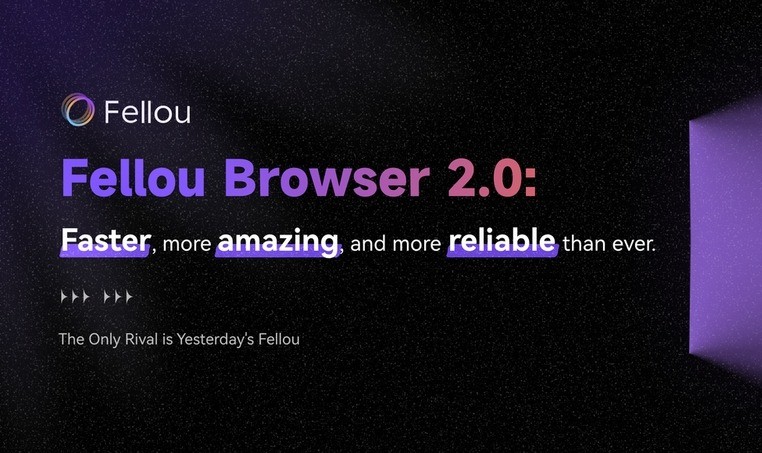
Traditional browsers display information and track your activity. Fellou is the world’s first agentic browser that automates complex tasks with Deep Action technology, offering hands-free research, cross-platform workflow automation, and AI-powered report generation. The platform researches topics and delivers insights that would normally take a week to compile.
Early-stage technology means bugs and inconsistent performance. The platform connects with Twitter, Reddit, and niche apps to automate actions, get data, and bypass API limitations, though reliability varies across different websites and workflows.
4. Task Automation Platforms: Complex Workflows Made Simple
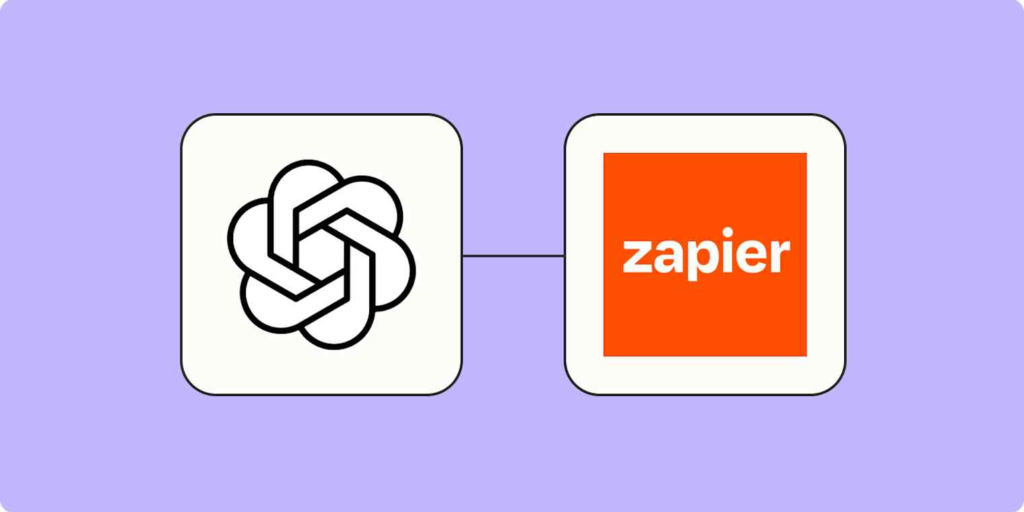
Zapier dominates the automation space because it delivers on no-code promises. Zapier Chatbots lets you create custom AI chatbots and take action with built-in automation—no coding required, with AI by Zapier pulling GPT-4o mini into your workflows without needing a GPT API key. The platform connects with 7,000+ apps and uses Copilot to build automated workflows through natural language.
Setup requires patience since complex automations can break when services update their APIs. Testing becomes crucial before deploying workflows that handle important data or customer interactions.
3. All-in-One Creative Suites: Stop Playing App Whack-a-Mole
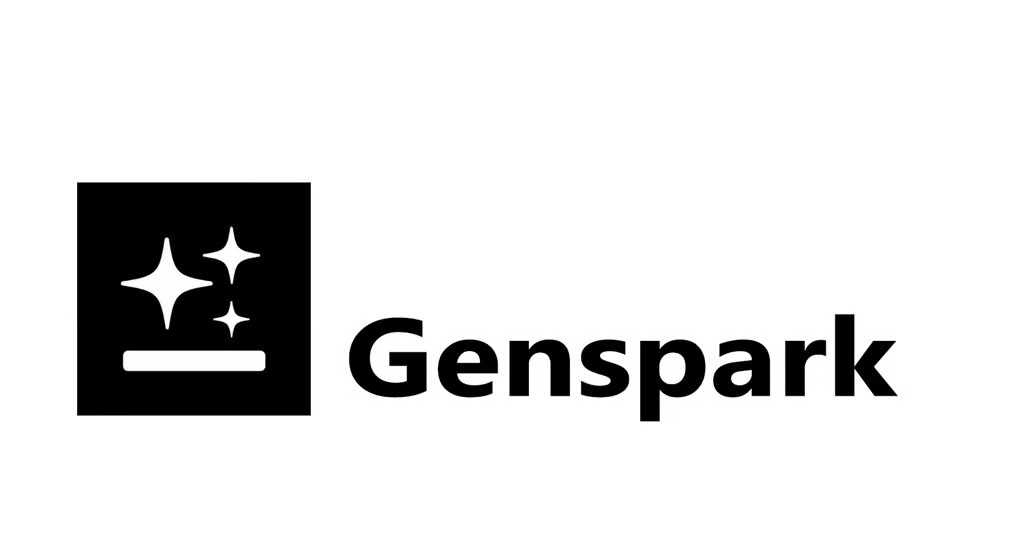
Subscription fatigue drives demand for platforms combining tools that typically require five different services. GenSpark and similar suites promise slideshow creation, data analysis, video generation, and image production within a single interface. Teams develop entire campaigns from concept to execution without switching between applications.
Integration depth sacrifices specialization—expect good-enough results rather than best-in-class output from individual tools. AI browsers with fact-checking agents help when misinformation spreads faster than streaming service price hikes.
2. AI Music Generators: Royalty-Free Soundtracks Without the Drama
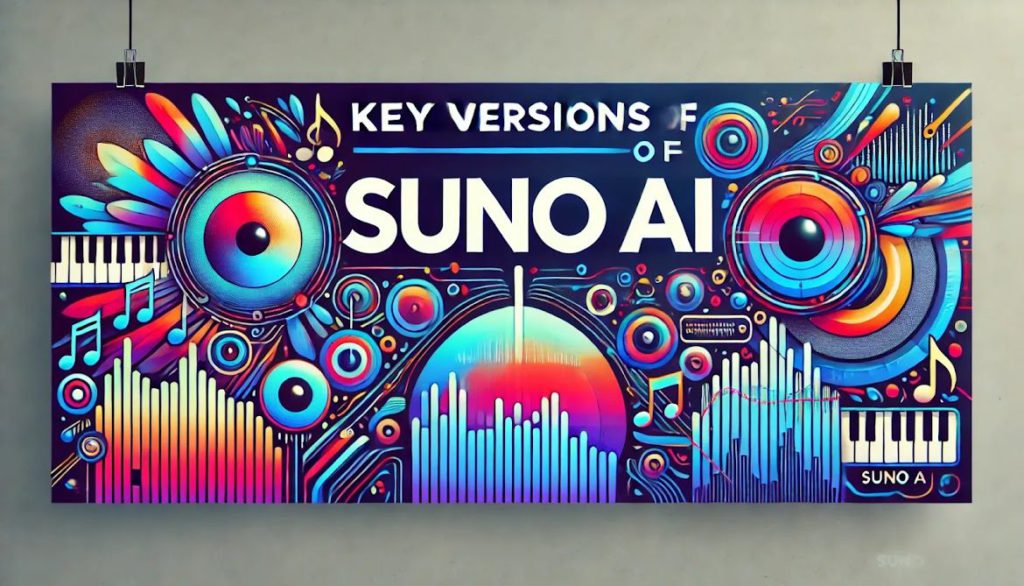
Musicians no longer hold monopolies on background tracks for your content. Suno AI creates radio-quality, two-minute songs based on a simple text prompt, with their Basic plan offering 50 credits daily for ten non-commercial songs. The Pro Plan costs $10/month and provides 2,500 credits renewed monthly for 500 songs. SOUNDRAW offers different subscription plans starting at $5/month for the Premium plan, great for creators and freelancers looking for background music.
Both platforms face copyright concerns—Suno is infamous for using copyrighted music to train its AI models and faces copyright infringement lawsuits. On the other side, SOUNDRAW users report getting copyright strikes despite promises of royalty-free content. The tools work fast, but quality varies wildly depending on your prompts and luck.
1. Knowledge Monetization: Turn Expertise Into Revenue Streams

Selling courses feels outdated when you can package knowledge into AI chatbots that people pay to use. Modern platforms eliminate the traditional barriers to monetizing expertise by creating interactive tools rather than static content. Business models focus on specialized solutions like viral content generators or industry-specific advisors.
Revenue potential depends heavily on niche selection and marketing execution. Building chatbots requires understanding your audience’s pain points rather than generic knowledge dumps that provide little value.


